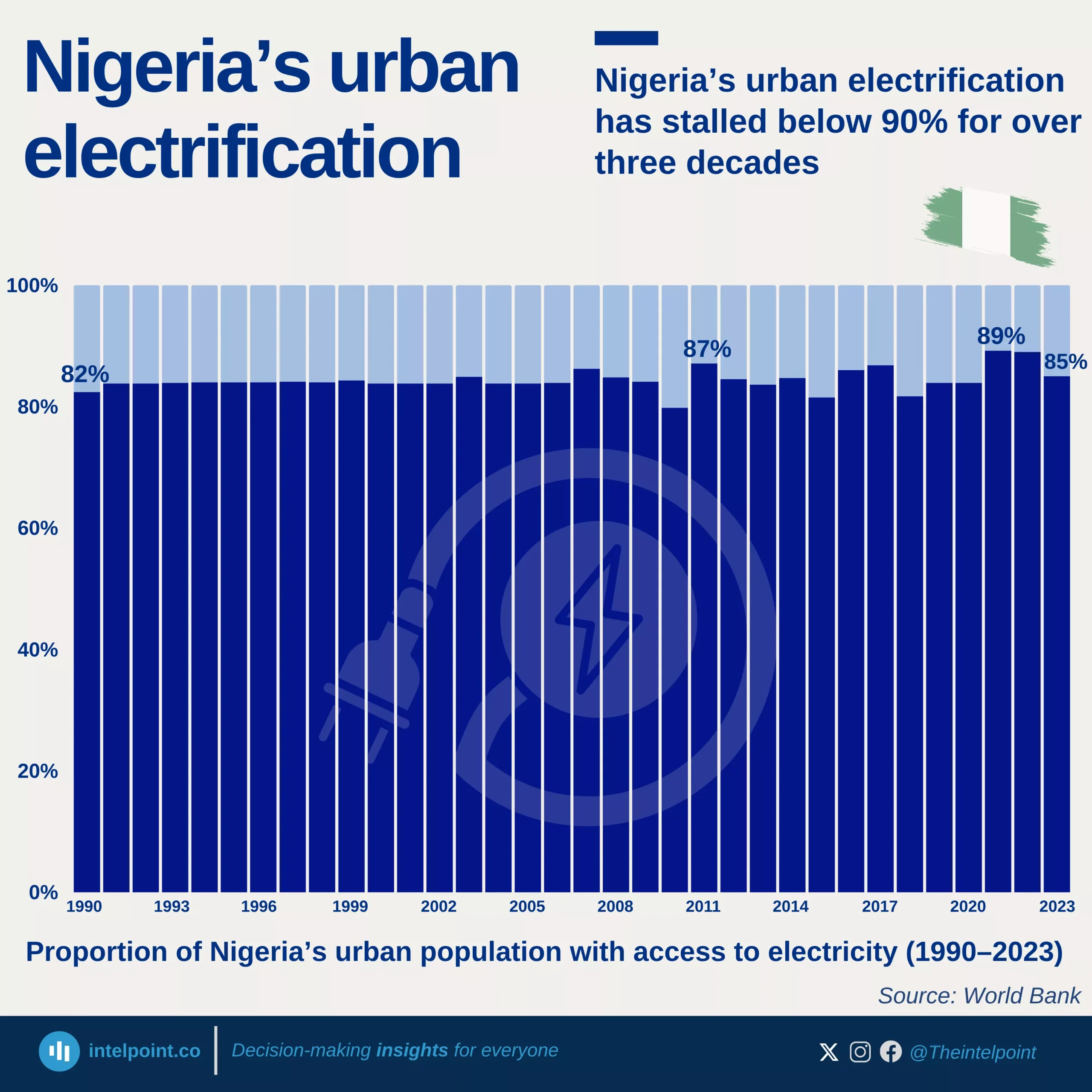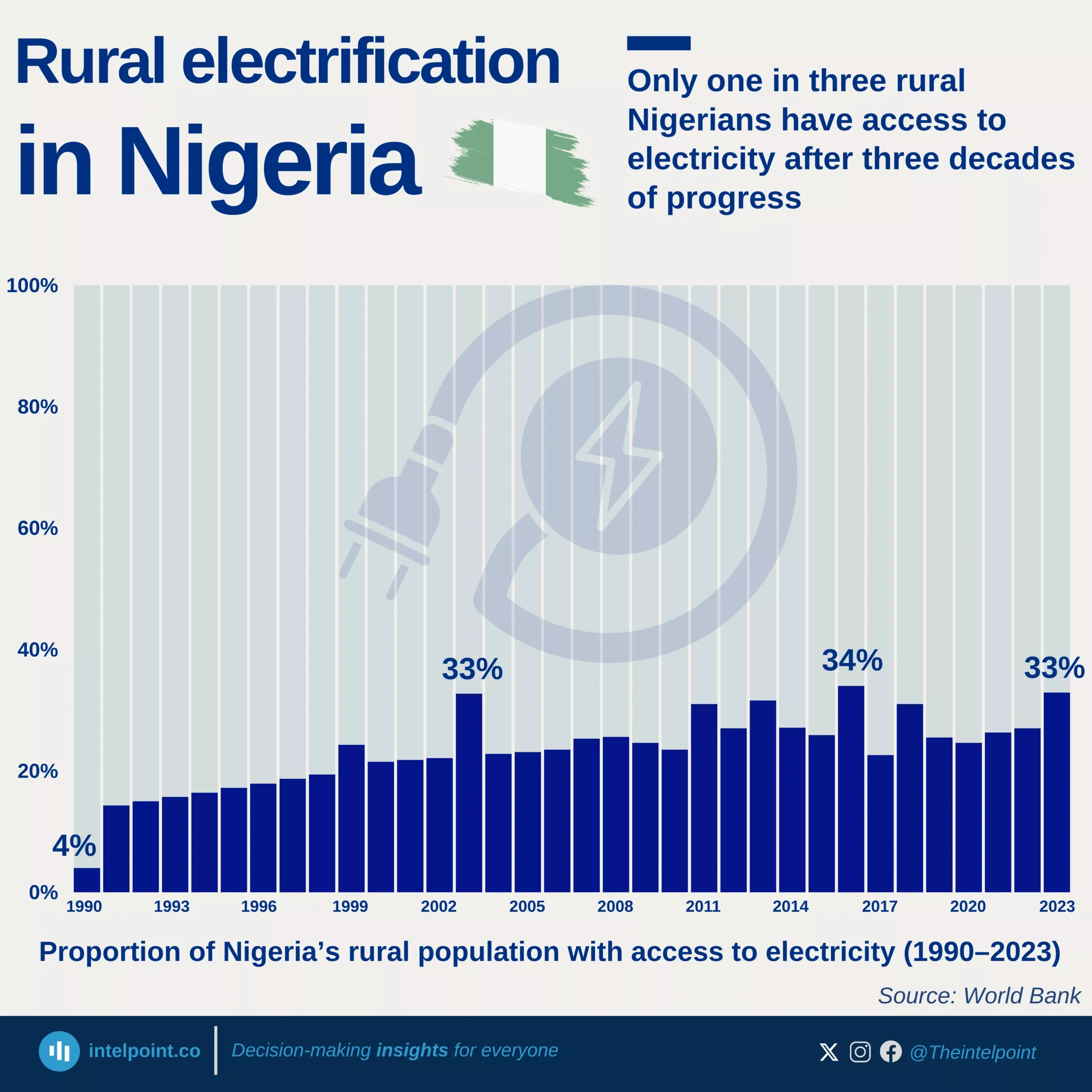Eskom applies Time-of-Use (ToU) pricing, where tariffs vary by Time of day (peak, standard, off-peak periods) and Demand season (high-demand season: June to August and Low-demand season: September to May)
Between the 2013/14 and 2023/24, South Africans have witnessed a staggering 162% increase in electricity tariffs charged by Eskom, the country’s state-owned power utility. Despite this significant surge over the past decade, further increases are on the horizon, placing additional strain on households, businesses, and municipalities already grappling with rising energy costs.
In its latest publication, Eskom announced another round of tariff adjustments approved by the National Energy Regulator of South Africa (NERSA). Starting April 1, 2025, direct customers, those not supplied through municipalities (non-local authority), will face an effective tariff increase of 12.74%. For municipalities purchasing electricity in bulk, the adjustment will take effect on July 1, 2025, with a tariff hike of 11.32%.
These increases are part of a broader cost-recovery framework that Eskom has consistently defended. The utility argues that the continuous tariff hikes are necessary to address its significant financial challenges, which include a mounting debt burden, rising operational costs, infrastructure maintenance and expansion needs, as well as fuel expenses. Additionally, Eskom aims to recoup revenue losses from years of under-recovery, where tariffs were not sufficient to cover the true cost of electricity production and distribution.





